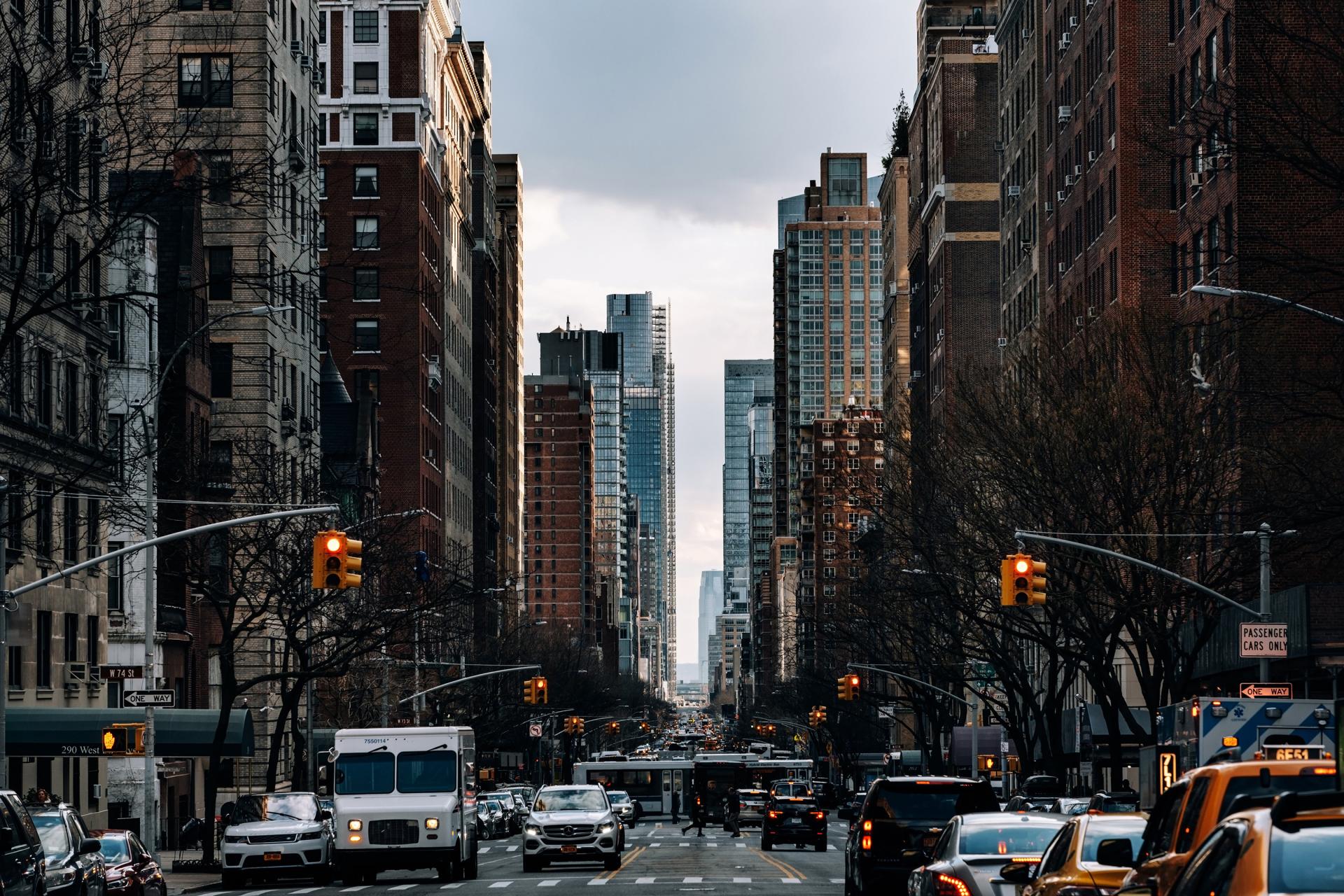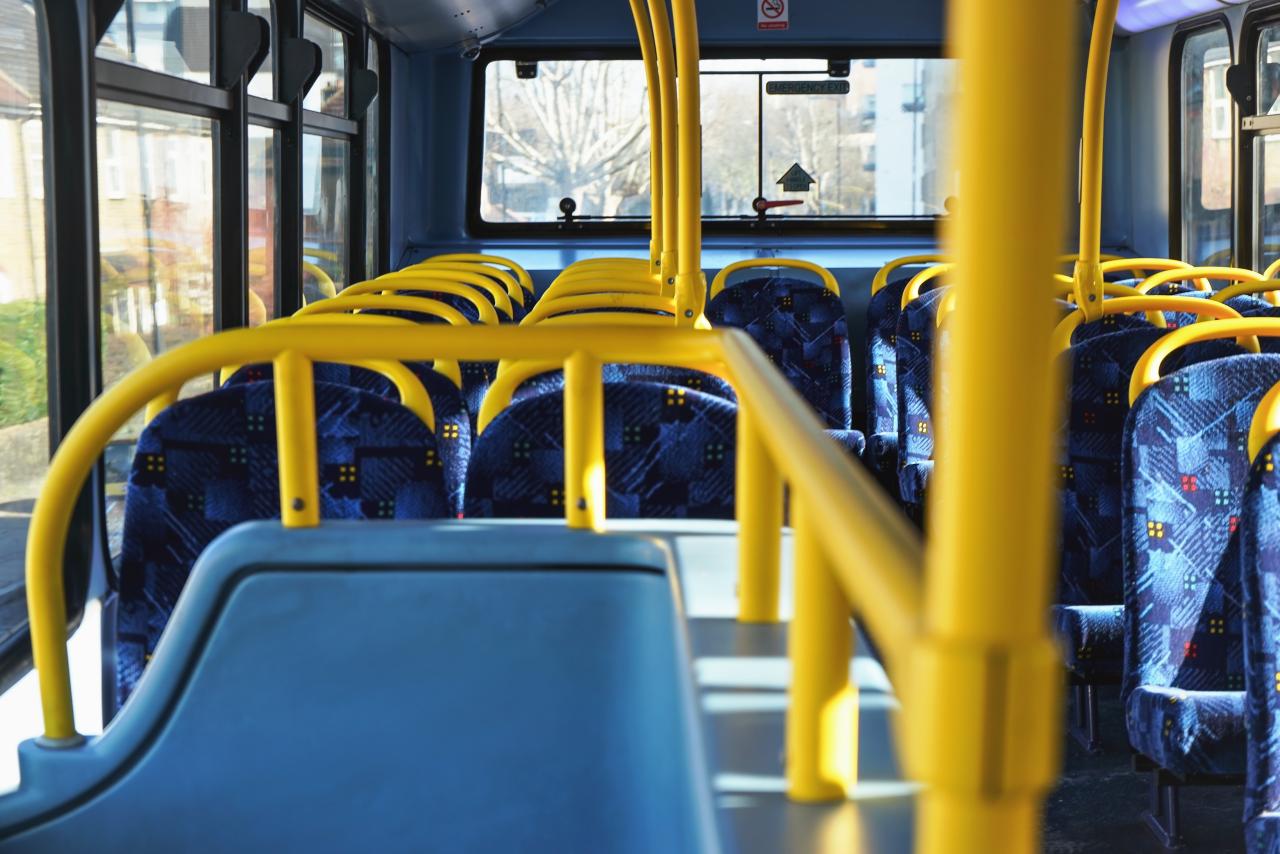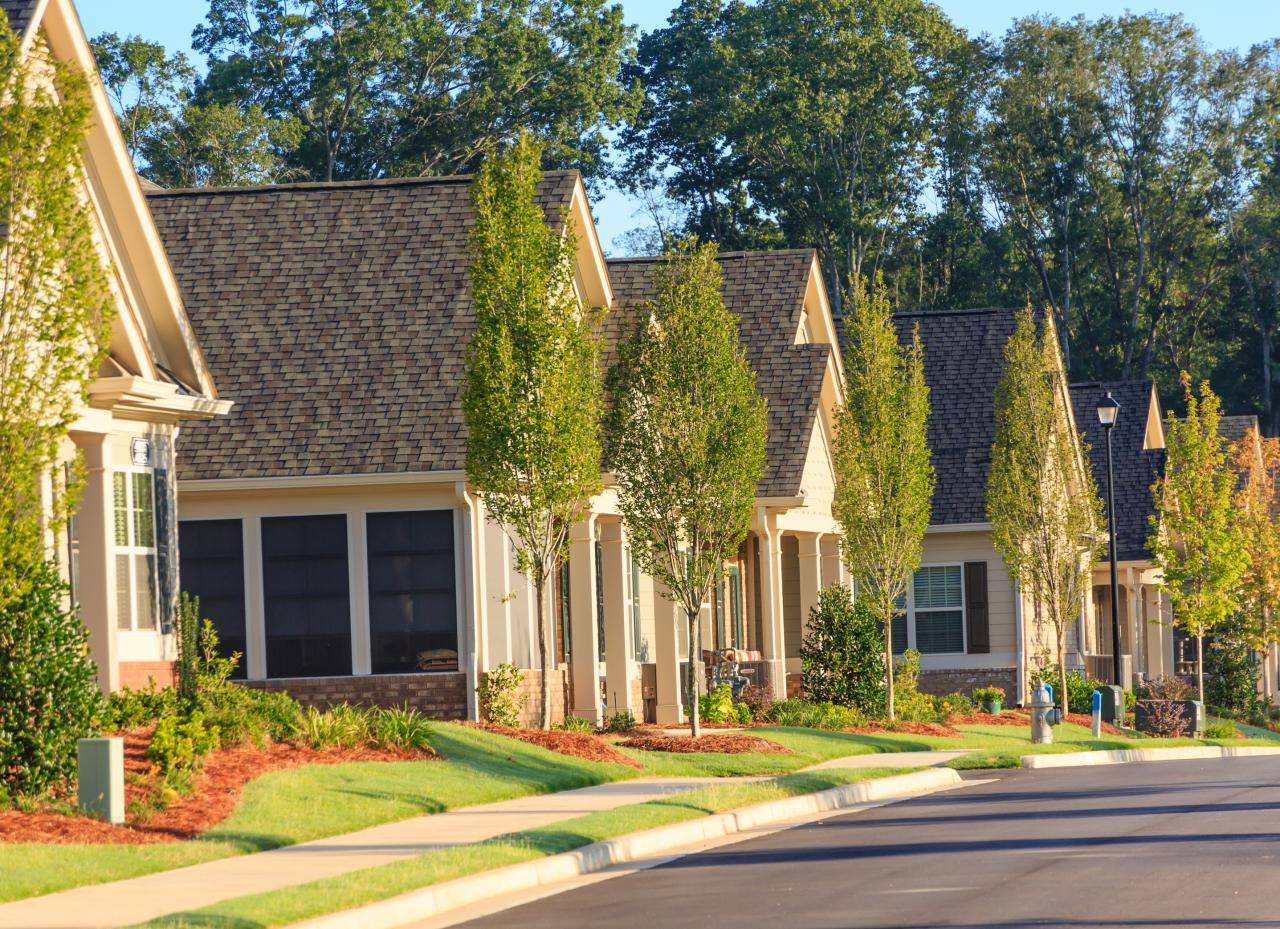
New York: a case study in providing affordable housing to boost urban productivity
New York city (USA) initiated a 10-year plan to build and preserve 200,000 affordable housing units so as to support households with a range of incomes, from the very lowest to those in the middle class, to create a diverse workforce that drives economic growth. Australian cities can learn from this case study as they are losing their geographically diverse, affordable housing, which may reduce productivity into the future.
This Brief incorporates material previously published in AHURI’s Policy Issues Analysis series in 2015.
02 Oct 2022
Failing to develop geographically diverse affordable housing can result in recruitment difficulties for business having staff in lower paid (but functionally necessary) occupations and the need to offer higher wages to offset high housing or expensive commuting costs. Currently Australian cities are losing their geographically diverse affordable housing; between 1986 and 2011 the number of people on low income living within 10 kilometres of Sydney's job-rich CDB dropped by 129,324 (or 82 per cent).
New York building lower income housing
The city of New York in the USA initiated a 10-year plan (originally from 2015 to 2024) to build and preserve 200,000 affordable housing units so as to support approximately 500,000 New Yorkers living in households with a 'range of incomes, from the very lowest to those in the middle class.' In 2012, almost 55 percent of all households renting in New York paid more than 30 per cent of their income in rent. The Plan achieved its results two years ahead of schedule in 2021.
The plan recognised that New York's economic and cultural strengths benefit from its 'unparalleled diversity. That diversity allows people from every imaginable background to live and work side by side, share aspects of their cultures, exchange ideas, then mix, match, and innovate to generate the art, literature, fashion, technology, and conceptual breakthroughs that are the envy of the world. And that diversity drives economic growth, as employers decide to locate in the City to take advantage of its incredible and multidimensional talent pool.'
Of the 200,000 households who benefited from the New York Plan:
- 11 per cent are middle income households (i.e. earning 121 to 165 per cent of AMI - Area Median Income)
- 11 per cent are moderate income (81 to 120 percent of AMI)
- 58 per cent are low income (50 to 80 percent of AMI)
- 12 per cent are very low income (below 50 percent of AMI)
- 8 per cent are extremely low income (below 50 percent of AMI).
The New York Housing Plan proposed that 60 per cent of the affordable housing be from preserving housing that is currently affordable but is vulnerable to future high rent increases or building demolition/refurbishment, and 40 per cent from the construction of new affordable housing.
The Plan identifies that 'preservation is often a more cost-effective way of securing affordability and protecting tenants from the risks associated with poor maintenance and disinvestment. On average, the preservation of existing affordable housing requires fewer government and private resources, and can leverage past investments'.
Maintaining the quality and affordability of housing that is currently affordable to low- and moderate-income New Yorkers is critical to meeting the City’s long-term housing needs. That housing stock includes publicly subsidised units, privately owned units, public housing operated by the New York City Housing Authority (NYCHA), rent-regulated units and housing that is rented at a market rate, but in a neighborhood where market rents are currently affordable to many families.
A previous affordable New York housing plan, the New Housing Marketplace Plan, operated from 2004 to 2015, resulted in 175,000 dwellings being made available for affordable housing at a cost of $8.5 billion, with 31 per cent for home buyers and 69 per cent for rental tenants. Sixty-four per cent of the dwellings were existing dwellings that were preserved for affordable housing, and 36 per cent were newly constructed dwellings. Three quarters (76 per cent) of the dwellings were targeted at low income households, 11 per cent were targeted at moderate income households and 10 per cent at middle income households.
This Brief incorporates material previously published in AHURI’s Policy Issues Analysis series.



